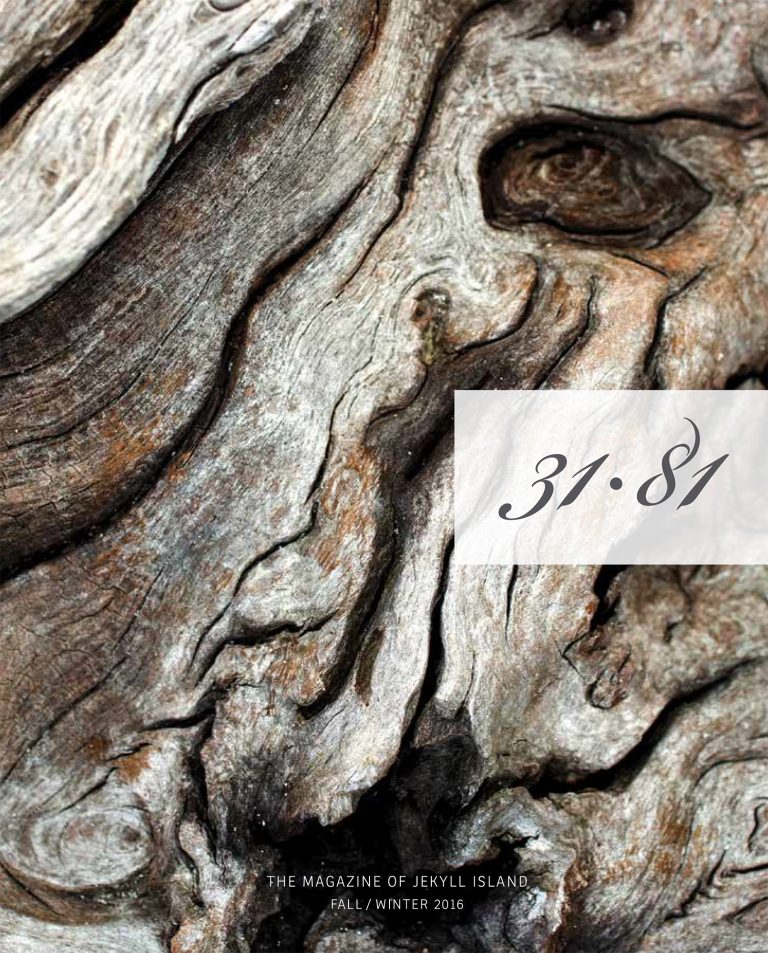The enchanting garland gets its close-up
By Jennifer Senator
Cloaking centuries-old live oaks across Jekyll and along the Georgia coast, the silvery specimen Tillandsia usneoides is not entirely what it seems.
It’s actually not a moss. As a flowering plant, Spanish moss is a bromeliad—and a relative of the pineapple.
And it’s actually not from Spain. According to legend, the name memorializes a Spanish conquistador who, while pursuing a Native American princess, got his beard tangled in the dense branches of the trees. A lesser-known Native American legend has it that the old, cold North wind lost his hair in an epic fight with the young, warm South wind.
It isn’t hurting the trees. As an epiphyte, Spanish moss takes water and nutrients from the air.
It was supposedly used as cushioning material in the early Ford Model T.
It changes color. While Spanish moss appears gray in dry weather, it takes on a greenish hue when it rains.
Beware of yanking it out of a tree. Spanish moss often shelters insects, spiders, lizards, snakes, frogs, birds, or bats.



